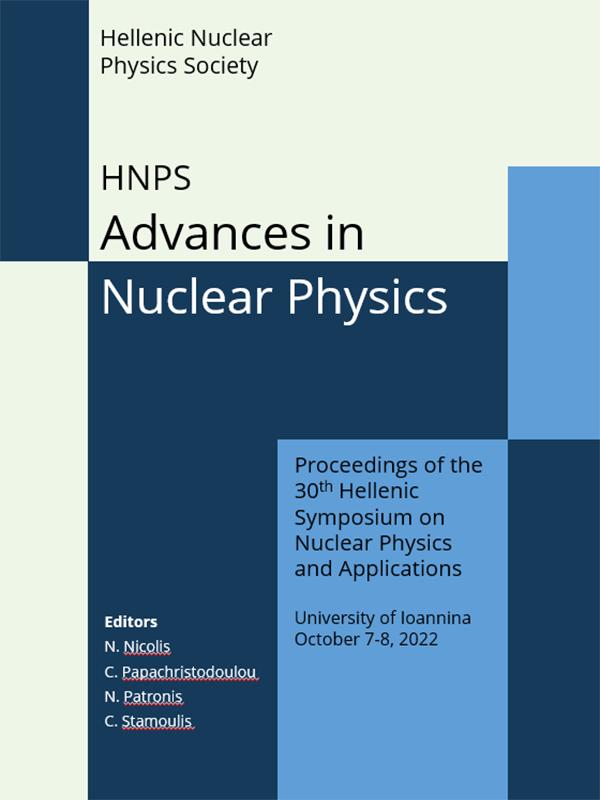Chernobyl and Fukushima nuclear accidents: similarities and differences

Abstract
During the almost seven decades of use of nuclear fission for electric energy production two major nuclear accidents took place, i.e., the 1986 Chernobyl accident and the 2011 Fukushima one. They were caused by reactor power-surge and loss-of-coolant, respectively. Both accidents occurred during hot power reactor shutdown and had identical root causes, i.e., poor safety culture and safety management in nuclear industry and state authorities. A brief comparison of the facility and the accident characteristics, disaster response methods, as well as of their health, social, economic, and political adverse effects is attempted. The radiological impact of the Chernobyl accident was much higher than that of the Fukushima one; however, a similar statement may not hold for the other types of impact.
Article Details
- How to Cite
-
Kalef Ezra, J. (2023). Chernobyl and Fukushima nuclear accidents: similarities and differences. HNPS Advances in Nuclear Physics, 29, 126–130. https://doi.org/10.12681/hnpsanp.5094
- Issue
- Vol. 29 (2023): HNPS2022
- Section
- Oral contributions

This work is licensed under a Creative Commons Attribution-NonCommercial-NoDerivatives 4.0 International License.





